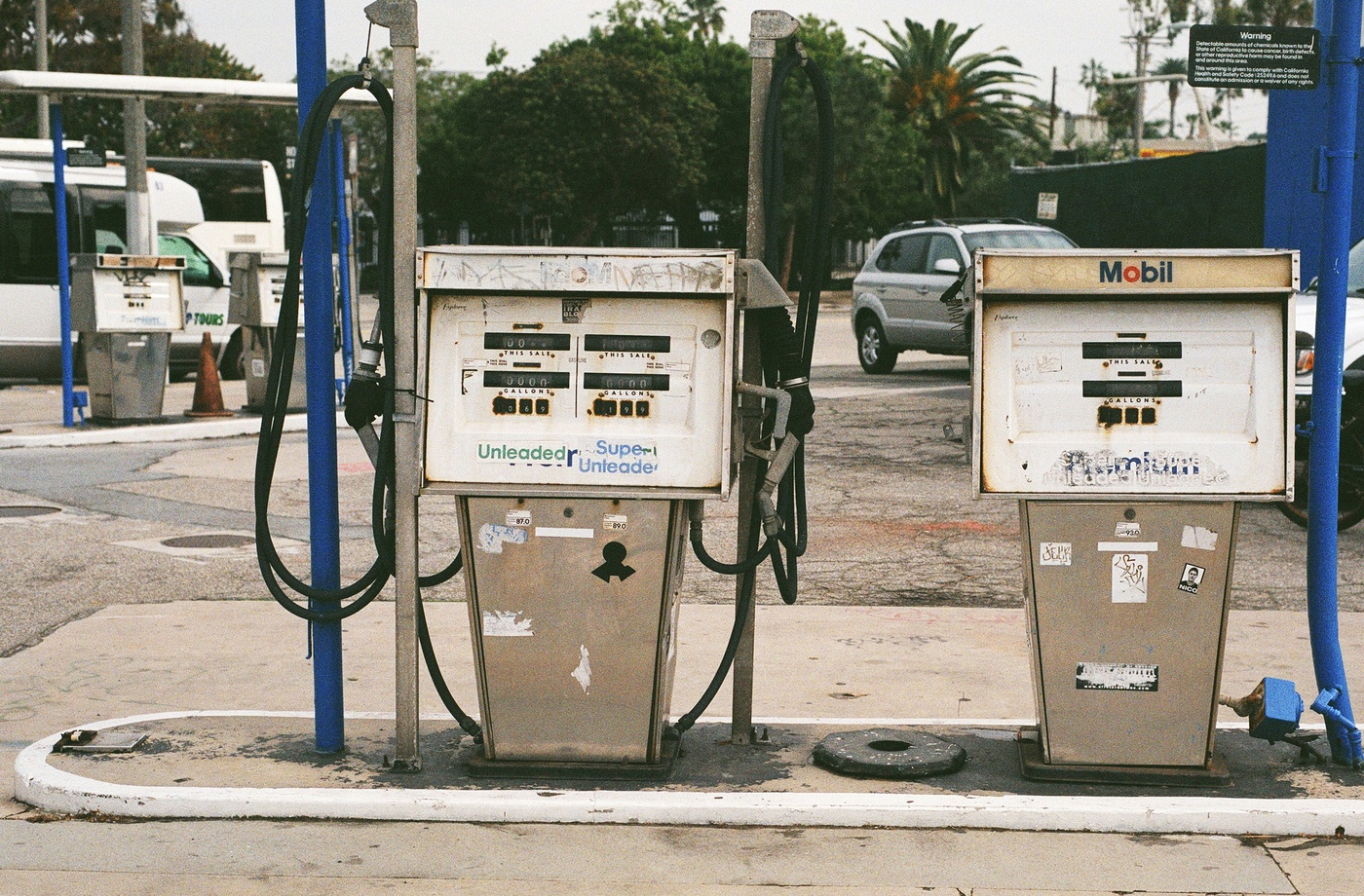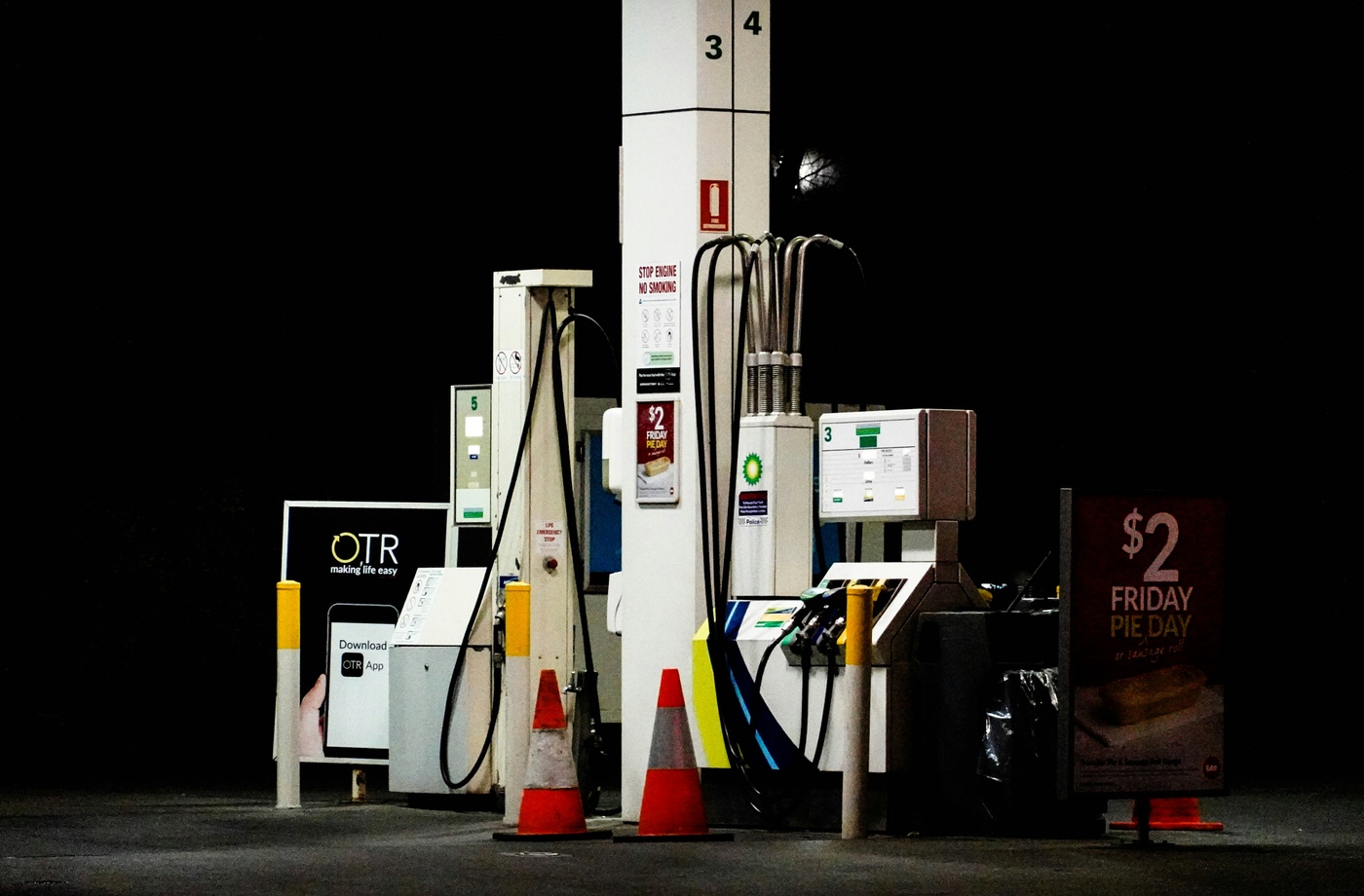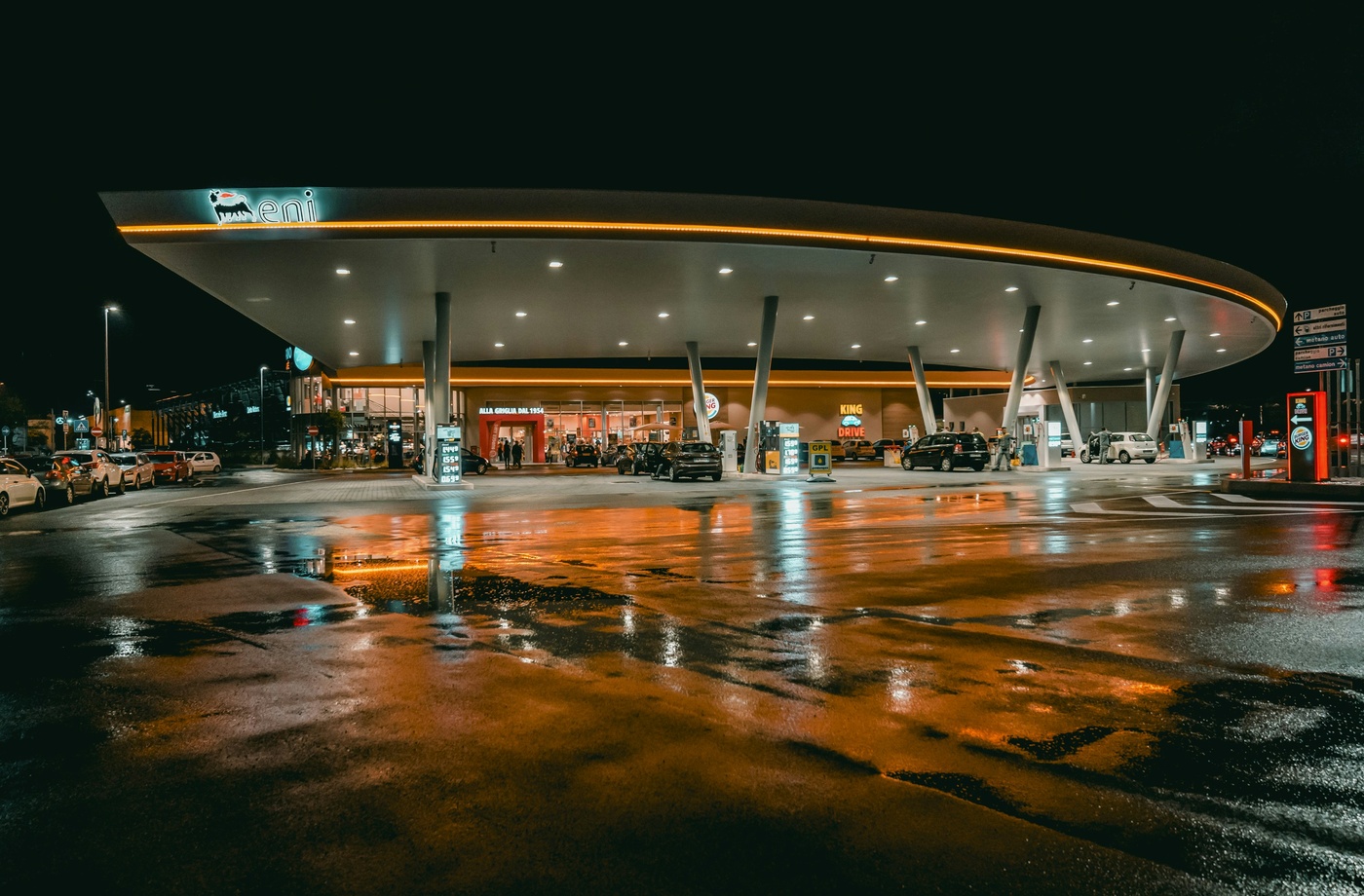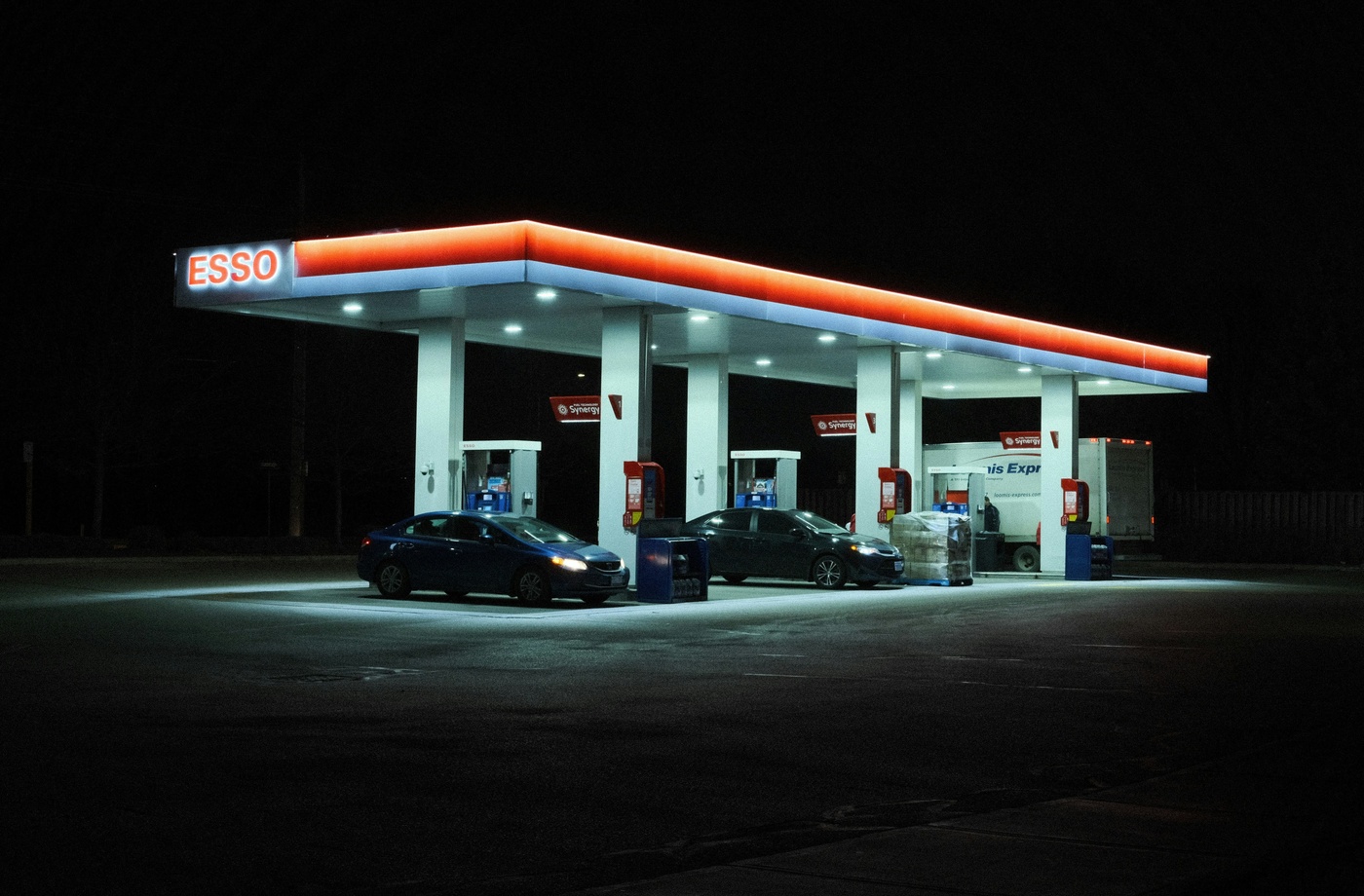When it comes to saving money on fuel, most drivers think about fuel grade, rewards programs, or even cashback apps. But one of the simplest and most overlooked factors in fuel efficiency is your vehicle’s tire pressure. Driving on underinflated tires not only shortens tire life and affects handling—it can also lead to significantly higher fuel consumption.
Here’s a breakdown of how tire pressure impacts gas mileage, what numbers to watch for, and how to maintain your tires for optimal performance and savings.
The link between tire pressure and fuel economy
Tires that are underinflated create higher rolling resistance, meaning the engine must work harder to move the car. This extra effort translates to more fuel burned per mile.
According to the U.S. Department of Energy, every 1 PSI drop in tire pressure can lower gas mileage by about 0.2%. That might sound small, but across four tires and thousands of miles, it adds up quickly.
Example:
If your tires are 5 PSI underinflated, your vehicle could lose up to 2% in fuel efficiency. On a vehicle that gets 30 MPG, that’s like losing 0.6 MPG—every gallon takes you fewer miles.
Why underinflated tires are so common
Drivers often overlook tire pressure because it’s not always obvious when a tire is low. Even a tire that’s 5–10 PSI below the recommended level may look fine to the eye. Seasonal changes—especially colder temperatures—can also cause air pressure to drop. For every 10°F drop in outside temperature, tire pressure can decrease by 1–2 PSI.
How to find your recommended tire pressure
The proper pressure isn’t printed on the tire itself—that number refers to the maximum the tire can handle, not what your car needs. Instead, find your vehicle’s recommended tire pressure:
- On a sticker inside the driver’s side door jamb
- In the owner’s manual
Passenger vehicles typically recommend 30–35 PSI, but always check your specific model.
Tools to check and maintain tire pressure
- Digital tire pressure gauge – More accurate than pencil-style gauges.
- Portable air compressor – Useful for home garages or road trips.
- Tire inflator with automatic shut-off – Prevents over-inflation.
- TPMS (Tire Pressure Monitoring System) – Required in most vehicles made after 2008, but may only alert you when pressure is 25% too low—well past the point where fuel economy is affected.
How often should you check tire pressure?
Experts at NHTSA recommend checking tire pressure at least once a month and before long trips. It’s best to measure pressure when tires are “cold,” or haven’t been driven on for at least three hours.
Other benefits of maintaining proper tire pressure
- Extended tire life – Even tire wear prevents early replacements.
- Improved safety – Better handling, braking, and reduced risk of blowouts.
- Lower emissions – Increased efficiency means fewer carbon emissions.
Combine tire maintenance with fuel-saving strategies
Maintaining tire pressure is just one part of a fuel efficiency routine. You can stack additional savings by using price comparison apps like GasBuddy, vehicle tracking apps like Fuelio, and cashback platforms like Fluz—where you can earn cashback with a Chevron gift card or get fuel savings with a BP gift card to lower the cost of every gallon.
Final thoughts
Tire pressure may seem minor, but its effect on fuel consumption is anything but. By checking your pressure monthly and maintaining it at recommended levels, you can improve fuel economy, extend the life of your tires, and stay safer on the road. It’s one of the easiest maintenance habits with some of the biggest returns—especially when paired with other smart fuel-saving tools.



